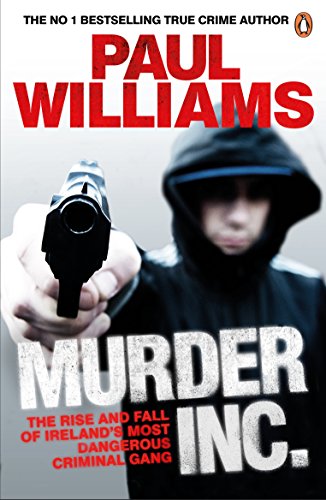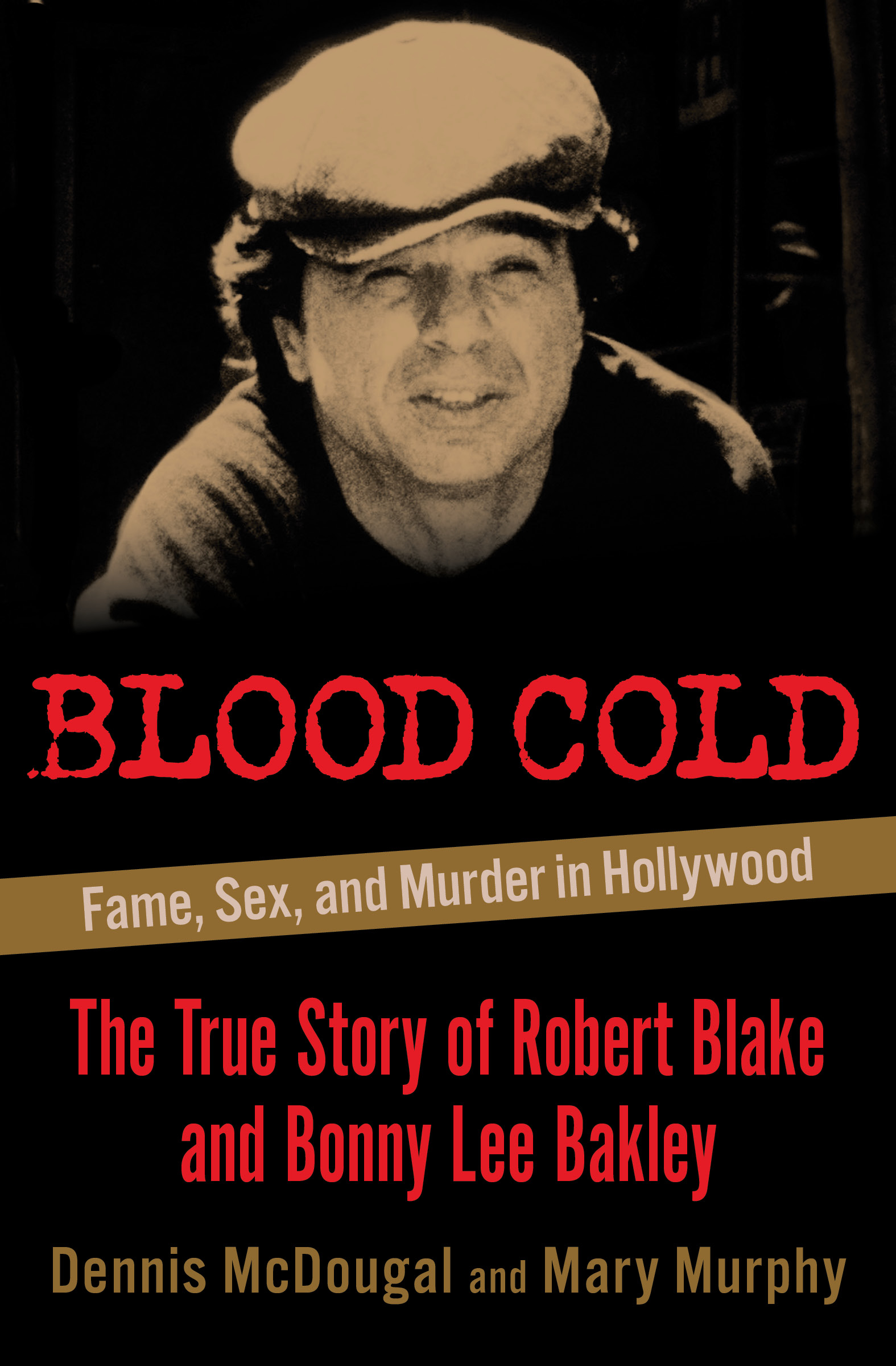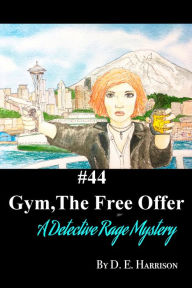
- Browse Category
Subjects
 We Begin at the EndLearn More
We Begin at the EndLearn More - Choice Picks
- Top 100 Free Books
- Blog
- Recently Added
- Submit your eBook
password reset instructions

"Bloody Chicago" was the name given to America''s most corrupt city after the grotesque scene that left seven humans embedded into masonry walls and oil-slickened concrete. Two Thompson submachine guns did the majority of the damage but the masterminds behind the St. Valentines Day Massacre escaped. Ten months later on December 14, 1929, St. Joseph, Michigan Police Officer Charles Skelly working a routine traffic crash came face to face with a killer. Shots were fired, the assailant escaped and the dying Officer Skelly identified his murderer before taking his last breath. The trail led to a home in Stevensville, Michigan where authorities found an arsenal of weaponry, over $300,000 worth of stolen bonds, bulletproof vests, and two Thompson submachine guns. The hideout belonged to Fred Burke, a highly sought suspect in the St. Valentine''s Day Massacre and now the most wanted man in the nation.
The "backwash of bloody Chicago" had made its way into the rural neighborhoods of Southwestern Michigan and Northern Indiana. Citizens who turned a blind eye to crime, helped create "Capone''s Playground," an environment abundant in all that is illegal and immoral.
Using never before published police reports, interviews with family members of key witnesses, and leading experts, historian Chriss Lyon establishes the foundation for what would develop as a haven for gangsters from the onset of the Prohibition Era through to the mid-twentieth century, while revealing new information about the eventual capture of notorious gangster Fred "Killer" Burke.
- File size
- Print pages
- Publisher
- Publication date
- Language
- ISBN
- 8.99x6.11x0.91inches
- 382
- In-Depth Editions, LLC
- June 1, 2014
- English
- 9780988977204

























.jpg)